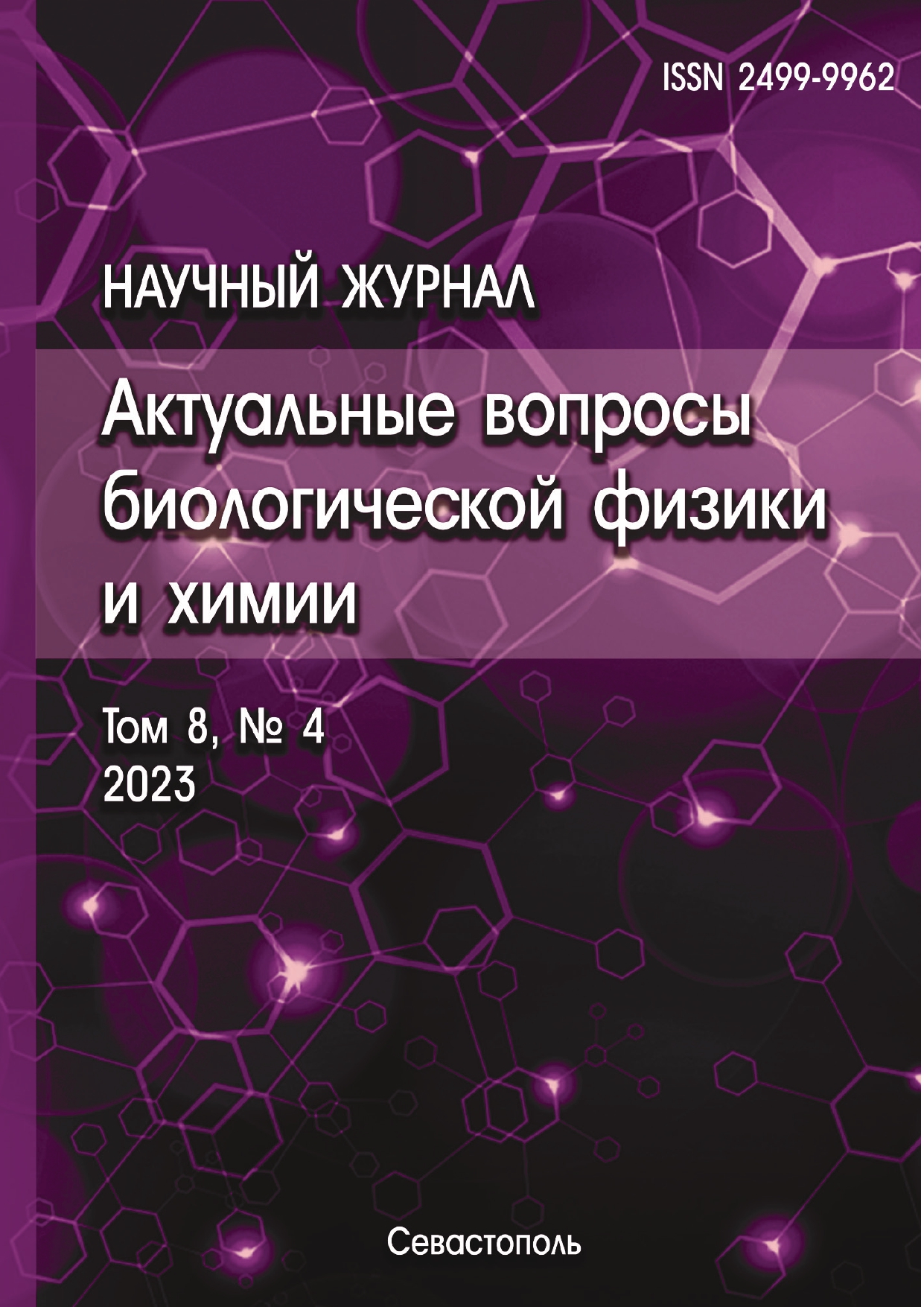Krasnoyarsk, Krasnoyarsk, Russian Federation
Institute of biophysics FRC SB RAS
Krasnoyarsk, Krasnoyarsk, Russian Federation
Krasnoyarsk, Krasnoyarsk, Russian Federation
Knoxville, United States of America
Krasnoyarsk, Krasnoyarsk, Russian Federation
Krasnoyarsk, Krasnoyarsk, Russian Federation
In the present work, a mathematical model for the distribution of transgenic bacteria cells by the number of plasmids contained in them is constructed. This makes it possible to study the patterns of survival of transgenic microorganisms under certain environmental conditions, taking into account various characteristics of transgenic strains, for example, the stability of plasmids in new cells, the “population cost” of maintaining conjugative and non-conjugative plasmids, the efficiency of expression of genes cloned on plasmids, and others. The "plasmid paradox" lies in the fact that although the presence of plasmids containing cloned genes usually reduces the specific growth rate of transgenic bacteria, but with prolonged growth of bacteria under non-selective conditions ("experimental evolution", 20-30 or more generations of the original form without antibiotics) “cost of fitness” is reduced by an order of magnitude or two. An analysis of the experimental results leads to the conclusion that this is due to a change in the difference in the growth rates of plasmid and plasmid-free cells, with a change in the probability of formation of plasmid-free cells, the copy number of plasmids, and the expression of cloned genes in cells of transgenic bacteria under various environmental conditions.
transgenic bacteria, experimental evolution, “plasmid paradox”, mathematic modeling
1. Brockhurst M.A., Harrison E. Ecological and evolutionary solutions to the plasmid paradox. Trends Microbiol., 2022, vol. 30, no. 6, pp. 534-543.
2. Paulsson J., Nordstrom K., Ehrenberg M. Requirements for rapid plasmid ColE1 copy number adjustments: a mathematical model of inhibition modes and RNA turnover rates. Plasmid., 1998,vol. 39, pp. 215‒234.
3. Atlung T., Christensen B.B., Hansen F.G. Role of the rom protein in copy number control of plasmid pBR322 at different growth rates in Escherichia coli K-12. Plasmid., 1999, vol. 41, pp. 110-119.
4. Standley M.S., Million-Weaver S., Alexander D.L., Hu S., Camps M. Genetic control of ColE1 plasmid stability that is independent of plasmid copy number regulation. Curr. Genet., 2019, vol. 65, no. 1. DOI: https://doi.org/10.1007/s00294-018-0858-0; EDN: https://elibrary.ru/YWATZV
5. Shuvaev A. DnaA dynamics could be linked with fitness cost in bacteria. Cell Biochem. Biophys., 2014, vol. 70, no. 1, pp. 295-299. DOI: https://doi.org/10.1007/s12013-014-9908-5; EDN: https://elibrary.ru/UEVPGD
6. Rajer F., Sandegren L. The Role of Antibiotic Resistance Genes in the Fitness Cost of Multiresistance Plasmids. mBio, 2022, vol. 13, no. 1..
7. Dimitriu T., Matthews A.C., Buckling A. Increased copy number couples the evolution of plasmid horizontal transmission and plasmid-encoded antibiotic resistance. Proc. Natl. Acad. Sci. USA, 2021, vol. 118, no. 31.
8. San Millan A., Santos-Lopez A., Ortega-Huedo R., Bernabe-Balas C., Kennedy S.P., Gonzalez-Zorn B. Small-plasmid-mediated antibiotic resistance is enhanced by increases in plasmid copy number and bacterial fitness. Antimicrob. Agents Chemother, 2015, vol. 59, pp. 3335-3341.
9. Brilkov A.V., Brilkova E.V., Ganusov V.V., Zhabrun I.V., Loginov Yu.Yu. Ecological biophysics: experience of mathematical modeling of dynamics of transgenic microbial populations. Act. vopr. biol. phys. and chem., 2019, vol. 4, no. 3, pp. 378-382 (In Russ.). EDN: https://elibrary.ru/LKAREI
10. Vanacker M., Lenuzza N., Rasigade J. P. The fitness cost of horizontally transferred and mutational antimicrobial resistance in Escherichia coli. Front. Microbiol., 2023, vol. 14, p. 1186920.
11. Hall J.P.J., Wright R.C.T., Harrison E., Muddiman K.J., Wood A.J., Paterson S. et al. Plasmid fitness costs are caused by specific genetic conflicts enabling resolution by compensatory mutation. PLoS Biol., 2021, vol. 19, e3001225.










